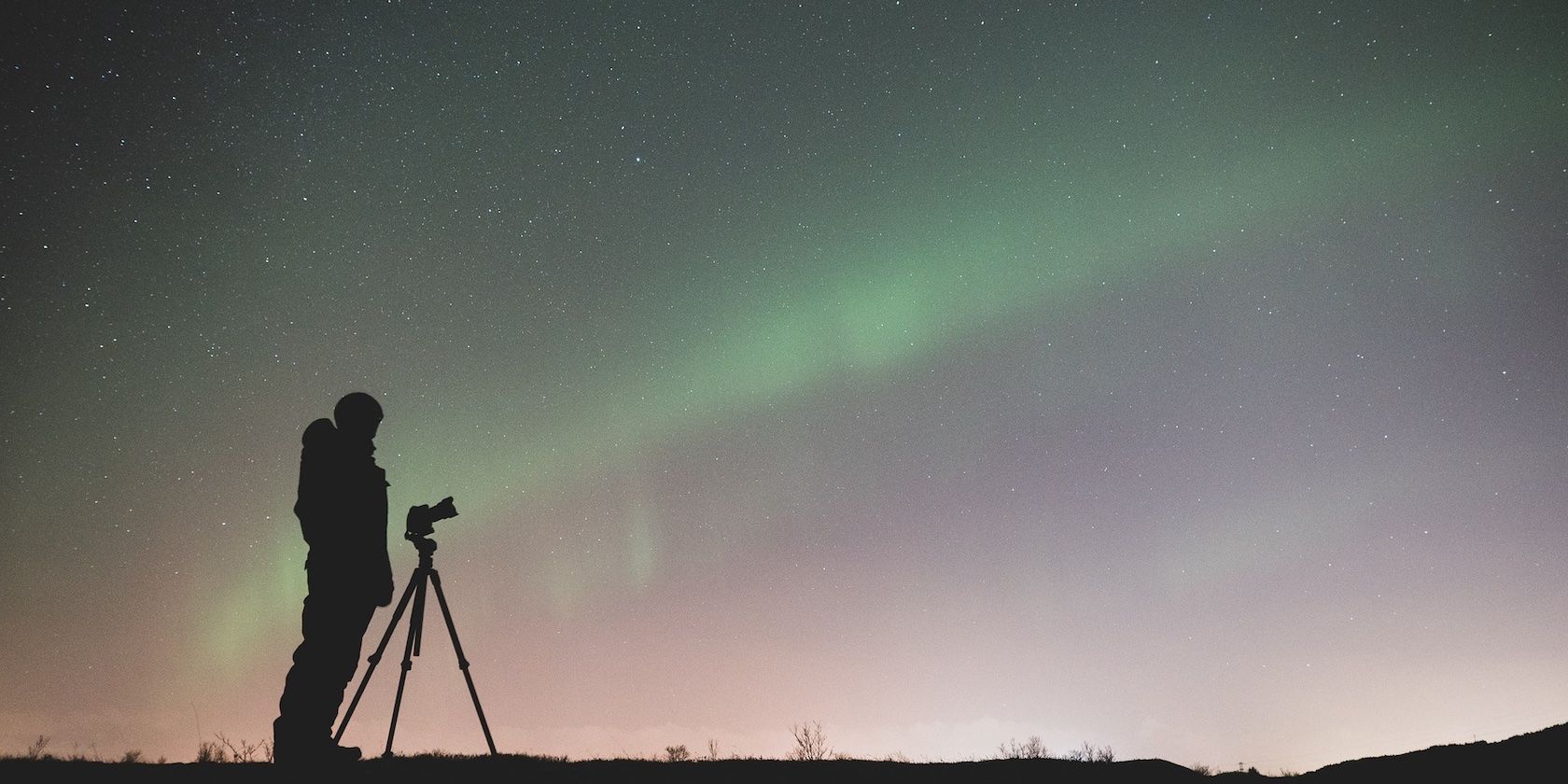Key Takeaways
- Adjusting ISO is crucial for capturing great photos in low-light conditions. Keep the ISO as low as possible to avoid graininess, but raise it when necessary. Compensate by adjusting shutter speed or aperture.
- Use continuous shooting mode to increase your chances of getting a clear image in low-light situations. It is especially helpful for fast-paced events or outdoor nighttime photography. You can still save blurry photos later.
- Consider using Aperture Priority Mode to widen the aperture and let more light into your camera. This mode is great for capturing unique images like bokeh portraits. However, consider the subject you're photographing before adjusting the aperture.
- Learn to use the lighting meter to determine the correct levels of exposure. Aim to stay close to 0, but dropping to -1 is sometimes acceptable.

